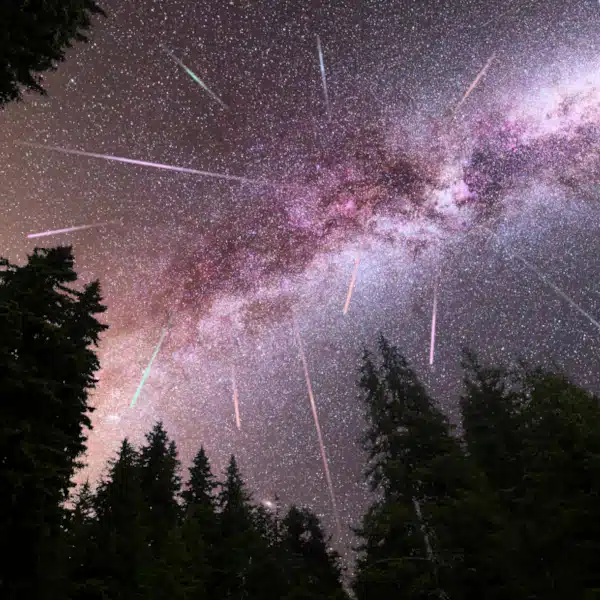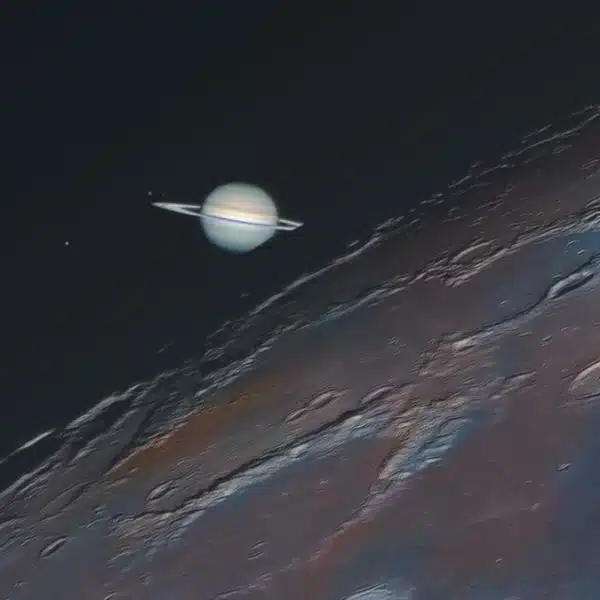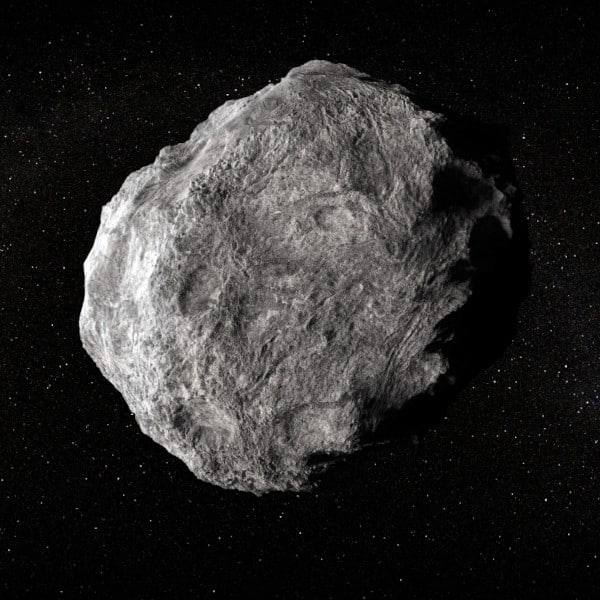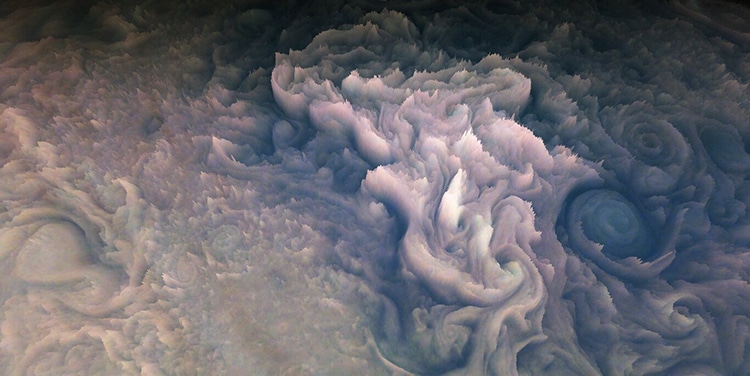
Still from an animation of Jupiter's clouds rendered by JunoCam. (Photo: NASA / JPL-Caltech / SwRI / MSSS / Gerald Eichstädt)
Jupiter is known for its swirling, stunning clouds. The marbled stripes and red spot make for a stunning view. These fascinating patterns exist in the planet's atmosphere, where cold, windy clouds of ammonia and water drift in an atmosphere of hydrogen and helium. As beautiful as Jupiter is in photographs, it's even more stunning in a 3D rendering recently created by a citizen scientist using data from NASA's JunoCam. The rendering takes the viewer over the planet's clouds, which have a frosted appearance.
The JunoCam on NASA's Juno spacecraft has been exploring the planet's region since 2016. It has a light imager which collects data . The planet's clouds reflect and scatter light. The top clouds appear brighter to the JunoCam, while the lower are dark. Methane in these lower clouds absorbs the light. Dr. Gerald Eichstädt, at the Europlanet Science Congress (EPSC) 2022 in Granada, decided to harness NASA's publicly available data on reflected light, which in turn indicates the height of the clouds.
He created a 3D elevation model featuring thousands of tiny “needles” of heights proportional to the clouds. The end result is a model of the clouds of Jupiter which looks like the whipped frosting on a cupcake. “The Juno mission provides us with an opportunity to observe Jupiter in a way which is essentially inaccessible by Earth-based telescopic observations. We can look at the same cloud features from very different angles within only a few minutes,” says Dr. Eichstätd. “This has opened up a new opportunity to derive 3D elevation models of Jupiter's cloud-tops. The images of the wonderful chaotic storms on Jupiter seem to come to life, showing clouds rising at different altitudes.”
The results are more than just beautiful. They will provide insight into the chemical composition of the atmosphere. “Once we calibrate our data thanks to other measurements of the same cloud tops, we will test and refine the theoretical predictions and have a better 3D picture of the chemical composition,” Dr. Eichstätd says. Thanks to NASA's willingness to share data, brilliant minds from around the world can create videos such as this which give a hint at another world.
A citizen scientist using NASA's JunoCam has rendered a 3D video depicting Jupiter's swirly, frosting-like clouds.
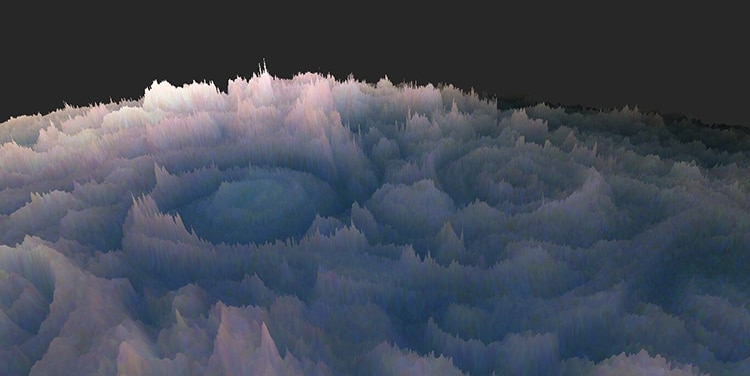
Visible light plotted in 3D. (Photo: NASA / JPL-Caltech / SwRI / MSSS / Gerald Eichstädt)
The elevations of clouds and how they interplay with light will help scientists discover the elements in the planet's atmosphere.
h/t: [Physics.org]
Related Articles:
JWST Captures Square-Shaped Ripple Rings Around a Star, Perplexing Astronomers
James Webb Telescope Gives Us Our Clearest View of Neptune in Over 30 Years
NASA Just Made History by Successfully Crashing a Spacecraft Into an Asteroid
Newly Discovered ‘Super-Earth’ Planet May Be Able to Support Life











































































